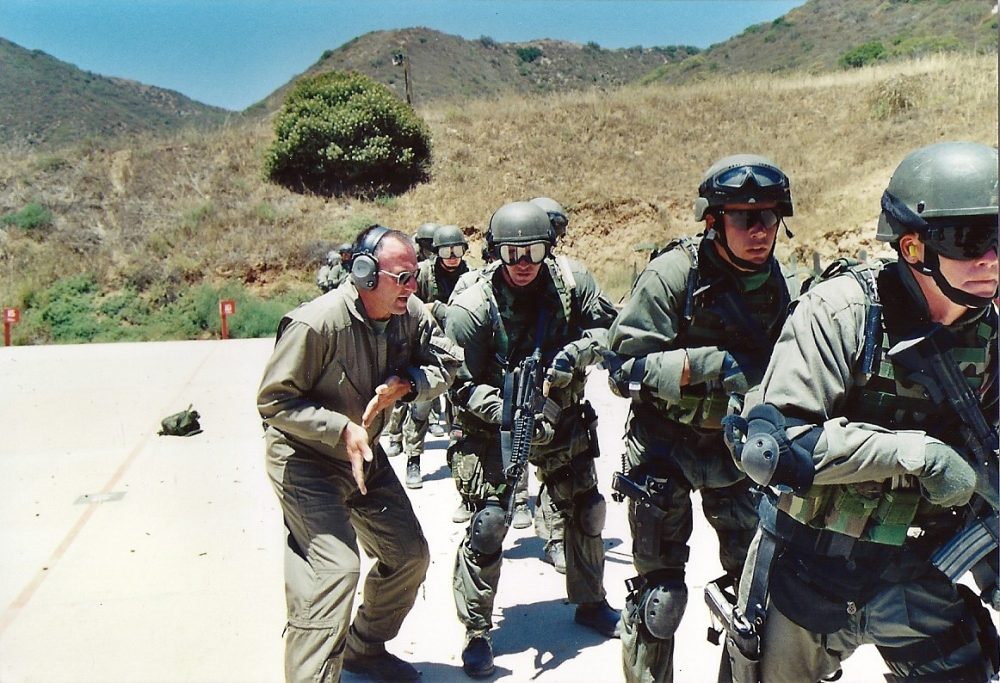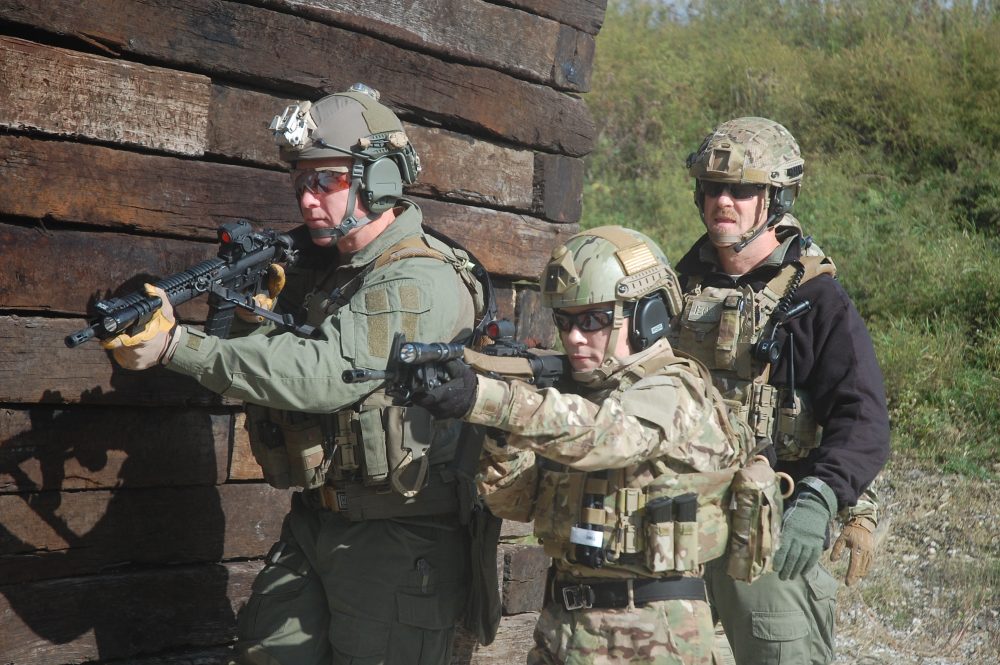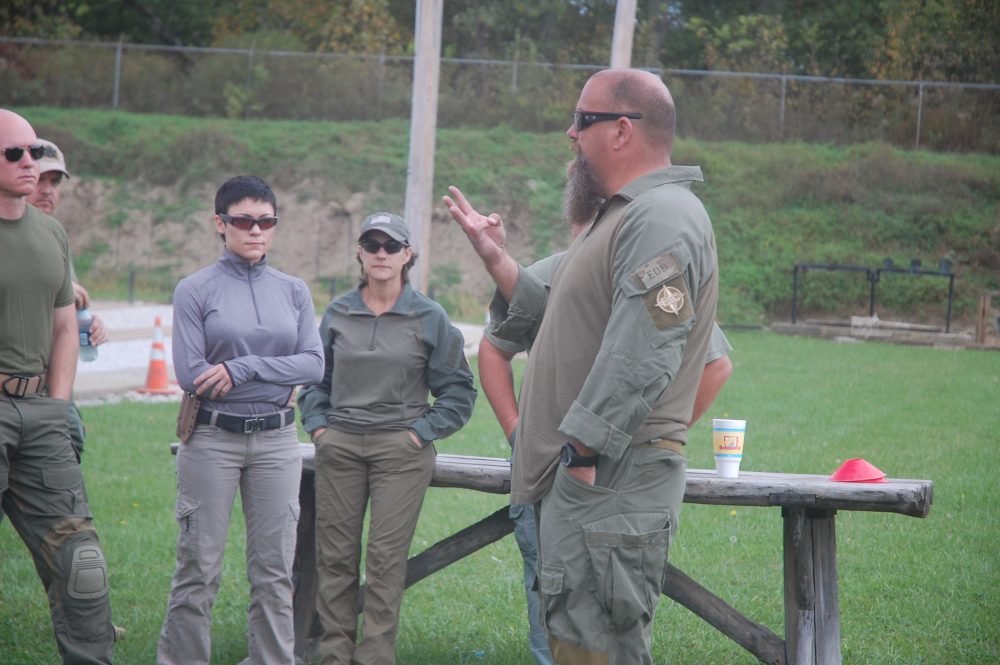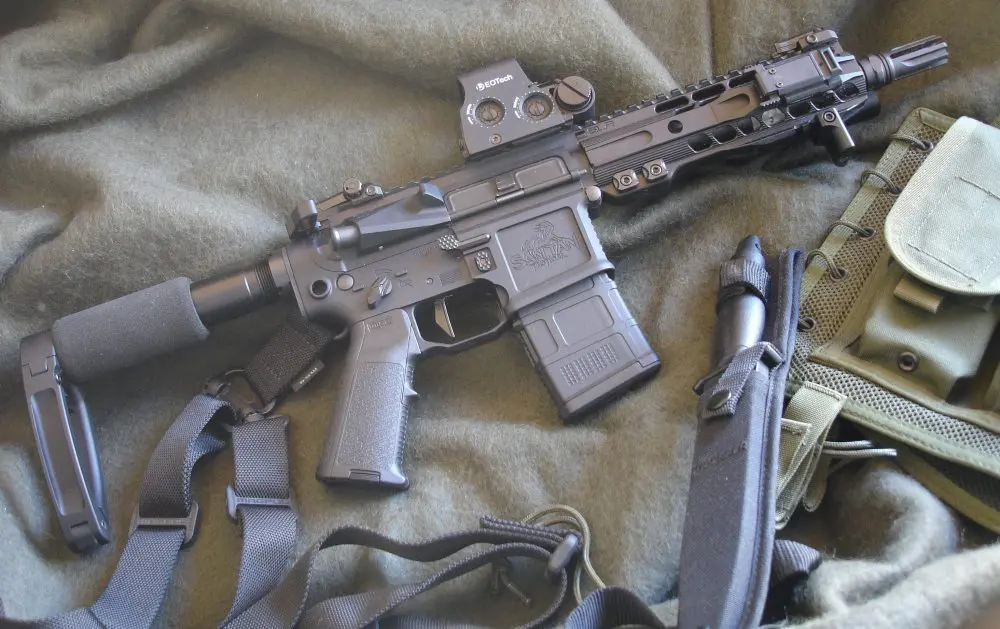People attend class for a variety of reasons. No matter what those reasons might be, they will invest time, money and sweat in order to accomplish those goals. Clearly a positive learning experience is a goal, but not all goals are easily obtainable. People learn at different rates, and the reasons for that divergence are complex. They may include the individual’s frame of reference, what his motivation is for attending, his physical condition, mental attitude, and especially what he hopes to accomplish.
Unrealistic goals often have a habit of ambushing overenthusiastic desires. Those wanting to learn may not in fact be capable of all that is required, but they will usually make an effort, and any good instructor (and I am talking about instructors, not “graders”) will spend an inordinate amount of time with those folks to help them improve.
However, some people are marching to the beat of a very different drummer, and either want to fight about every little thing or are incapable of receiving instruction. And sadly, there are a number of people who have never, ever been told to do anything. More on this type later.
Who attends the class has a substantial impact on how the class flows. Not everyone learns at the same speed, and contrary to what the “no child left behind, we are all winners” crowd believes, some will be better than others. This is not a bad thing, as classes with a preponderance of competent folks generally bring slower learners up with them. The inverse is also true—a class full of duds usually drags everyone down with them. The group dynamic affects the overall performance of each individual attending.
It is not about you, it is about us. As in all of us present at the course, every single day. How can you be assured you will have a bad experience? First, come with a poor attitude.
Individual instruction can be an effective way to pass on information. A good instructor can read body language and facial expressions to gauge a student’s comprehension of what is being said.
Table of Contents
TARDINESS
What constitutes a bad attitude? Start off by being late.
Your goal should be to arrive well before the start time, not only as a courtesy to others, but to give yourself the opportunity to get your gear—and yourself—together. It’s also when you will meet the other people in the class, and when people know each other, they can start working with each other.
Chronic tardiness is a problem for some, especially those who have never experienced discipline of any type. This person will be the last one on line, the last one back from taping the targets, and will always require a personal invitation to do something—anything.
ANTI-SOCIAL BEHAVIOR
Not talking with others.
An awful lot of information is passed along during breaks. If your anti-social tendencies prevent you from talking with others, you’ll be the loser. Bringing a smartphone to class and incessantly checking it is discourteous to the instructor and the other students. If there is truly something in your life that requires you to reply instantly, perhaps you should deal with it directly and not waste time by coming to class.
Master Chief Brian Fitzgerald mentors Marines from 1st Force Reconnaissance Co, Range 130, circa 2002. Brian was a Special Amphibious Reconnaissance Corpsman and understands that making corrections to the shooters’ attitude pays off in spades.
GEAR LIST
Don’t read the gear list for the particular class.
Come with what you think you might need rather than what the gear list says you need. After all, what does the instructor know? For our shoot house classes at EAG Tactical, we require an Individual First Aid Kit. When a student showed up without one, he said he didn’t bring it as he didn’t know how to use it. Except that it was not necessarily for his self-aid, but it was for us to use on him.
MAGAZINES
Bring your “beater” magazines.
You know, the ones that don’t work. Why should you bring good magazines to class? Bring those garbage magazines that have been around for a few decades. Don’t worry that you will interfere with the rest of the class because you’re having multiple malfunctions during every drill.
We went to a Western state’s PD, and all students showed up with garbage magazines marked with a “B.” We were told that the B was for BAD, as in bad magazines. Their armorer gave them defective magazines because they would enhance instruction due to the increased malfunction drills. Sure. A quick call to the chief had Mr. Dumbarmorer driving up to the range with new magazines.
The following year, the cops showed up with blue painted magazines. I was told that the armorer got angry that someone questioned his authority, so he painted all the B magazines blue.
We don’t go back to that place anymore.
Magazines are relatively inexpensive right now, and if you don’t have a reasonable stock of them, you will deserve everything you get when the socialists impose more restrictive edicts.
Instructor John Spears follows Chicago SWAT cop Mike Sebastion and ID Target Systems owner Tatiana Whitlock into the shoot house. The ability to offer immediate feedback is important to ensure the iteration is accomplished efficiently and safely. This is not the place to have an overactive ego.
AMMO
Bring ammunition that’s been lying around the house for a decade or more, or maybe the ammunition you bought in plastic bags at the local gun show.
After all, it’s “just as good as” real-deal ammo. And just like the bad magazines, think of all the valuable training you will get after the multiple malfunctions you’ll have. One student brought ammo that hasn’t been imported since 1986. While properly stored ammo will be viable for a long time, this was garbage ammo stored in less than ideal conditions. He brought 1,500 rounds that didn’t work in any gun. Normally, people at class are very generous with making up others’ shortfalls, but not this time. He spent all that money to come to class and had to leave before TD1 was over.
DIY GEAR
Bring a rifle that you “built” for $300 with garage sale parts.
No matter what Internet exspurts say, if you believe the “parts is parts” nonsense, you will absolutely have a bad time at class. We had a guy tell us that he “built” his carbine for that princely sum and it was “just as good” as my gun that was made to a specification.
During the first shot of the class, it failed to extract, as did the next four. The “brand new” BCG had a worn smooth extractor, an extractor spring that was flat, and a spring insert that was just white crumbles. We replaced all with our no-two-ways-about-it good parts, but this idiot remained adamant that his parts were better. Before the day was done, his bolt broke cleanly in half at the cam pin hole. I would normally give a student a bolt out of my gun, but I’d had enough stupidity.
The gear list thing we spoke about earlier? We state that people should bring serviceable guns, magazines, and ammo. If you can’t comprehend what that means, you will definitely have a bad time.
John “Chappy” Chapman makes a point. If you are too cool to train, you need to deselect yourself before you become a burden to the class.
TACTICOOL
Come outfitted head to toe in the camouflage du jour.
Mike Goerlich at Raven Concealment Systems calls these Klasstumes because they are what wannabes wear when they come to class. If your job title doesn’t involve wearing camo, don’t think it is a requirement. It only serves to make you look like you are playing Airsoft instead of learning how to fight.
We had a cold zero come to class wearing a different pattern camo every day. He also said he had a Novak P-35 that shot 17 inches low. I managed to put five rounds into the brain box at 25 yards, but as he had the worst trigger control I have ever seen, he was 17 inches low at five yards.
WEIGHED DOWN aka TACTICOOL 2
Come with a tac vest with every imaginable pouch attached to it.
Reality check: You don’t want anything unnecessary on your body at class. If you are not used to running the gun, you will already be saturated with information. And you will be engaged in moderately intensive physical activity and using some muscles that are otherwise seldom exercised.
Don’t add unneeded weight to your equipment, because it adds to the complexity of what will already be a complex task. We had an Army Dr. Major type come to class with what looked like a double issue of pouches on his CIRAS vest. He could not access his pistol.
HYDRATE OR DIE
Don’t hydrate.
This one can be a showstopper. You require water to live. When exercising (and let’s be clear, being in a class is exercising) you need an electrolyte replacement. If you fail to keep hydrated, you will become sick, and under some circumstances, may die. Most of our heat casualties have been minor, but one required evacuation. On every break, I tell people to hydrate, urinate and jam magazines. If your urine is not clear and copious, you have not sufficiently hydrated. And do not ever consider saying you are not thirsty. If you wait until you’re thirsty, it’s too late. Since I started providing a tube of Camelbak Elixir to each student, my classes have had minimal hydration issues.
SAY WHAT?
Don’t listen to instructions.
If your performance is not up to par, your instructor will diagnose your issues and give you advice on how to correct your problems. In some events it becomes more difficult, which leads us to the Rule of 100, my policy of telling a student to do something 100 times.
I go that high because some people are incapable of performing well under pressure, or may have a frame of reference markedly dissimilar to mine. Or might just be maladroit. I give you some play here, in the hope that you will process the information after this repetition. But if you don’t respond after 100 times, you are not likely to after 411, 931, or 2075 times.
All teaching directed at you will then cease. We will smile at you, ask “How’s it going?” and generally ignore you as you have us, unless there is a safety violation. Safety violators are either too tired and/or dehydrated to function, have a momentary lapse of judgment, or are just stupid. We treat safety violations harshly. If you are a millennial or of some other group that has never been told to do anything, you will find this experience educational. And you will be removed from the range. Period.
THE GOOD ONES
Ninety-nine percent of our students are very much good to go. Most people who take the time and money necessary to complete a class have an excellent attitude and come away with enhanced skills, and that may be why the problem students stand out so much.
Going to a course is fun, but it is also serious business. The better your attitude, and the better prepared you are, the more you will learn.
Pat Rogers is a retired Chief Warrant Officer of Marines and a retired NYPD Sergeant. Pat is the owner of E.A.G. Inc., which provides services to governmental organizations and private citizens. He can be reached at [email protected].









